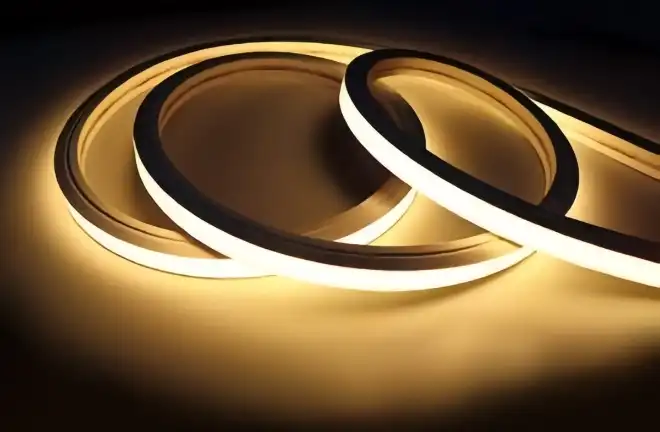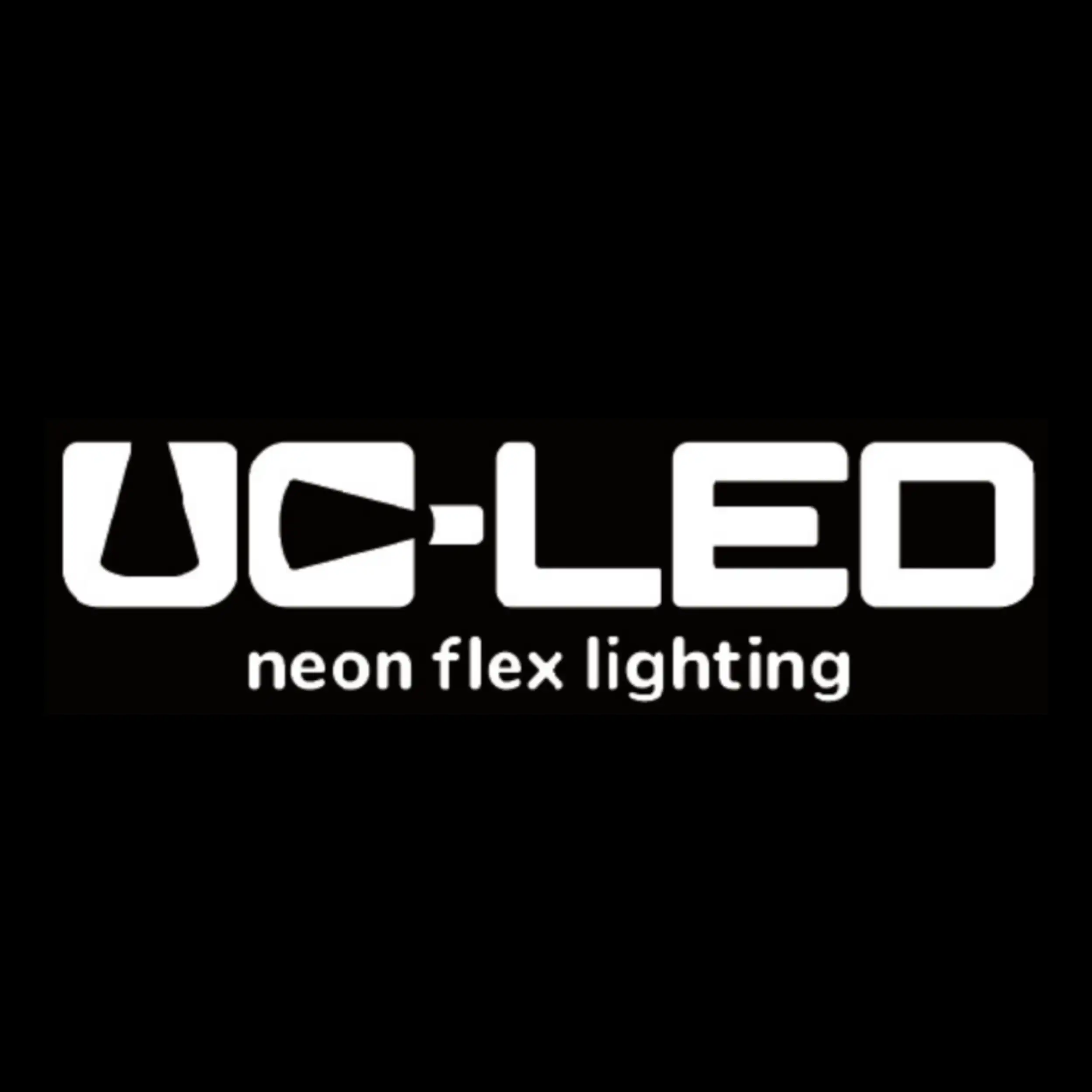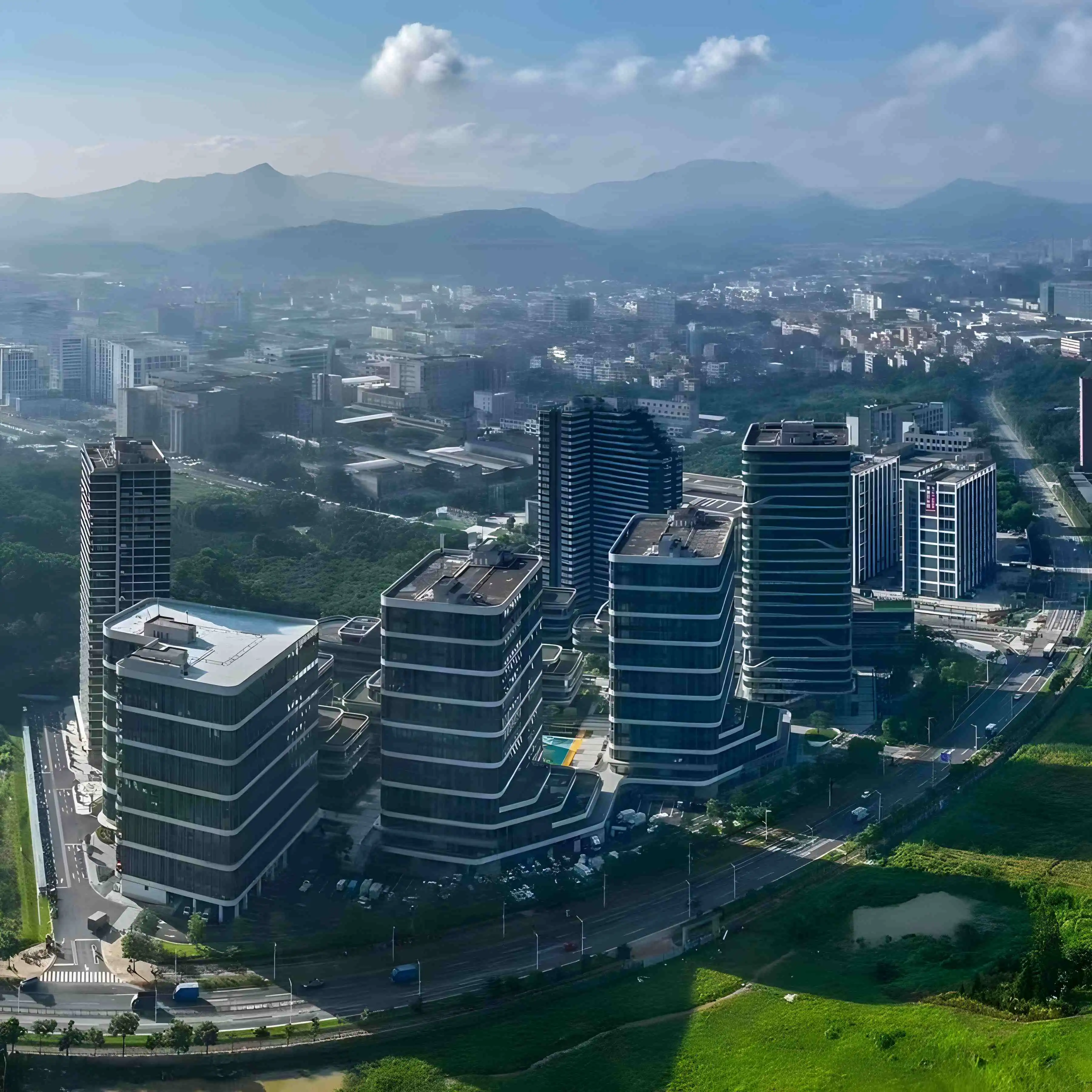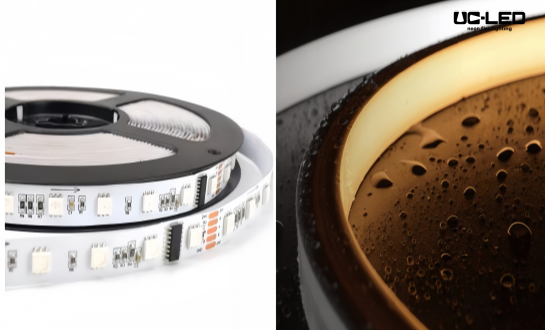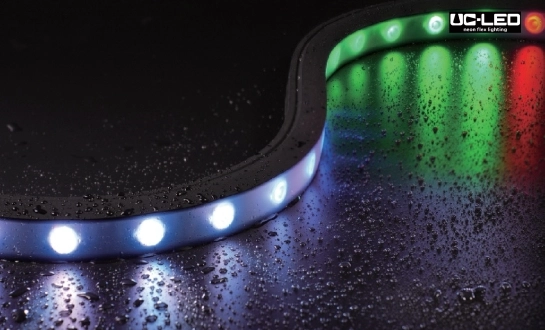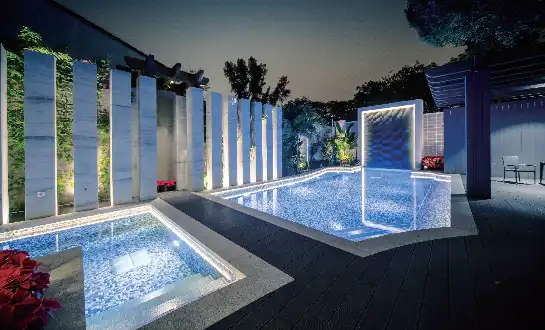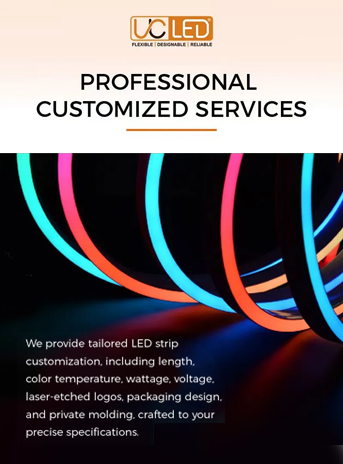Grasping LED Neon Flex Technology
The Science Behind LED Neon Flex
LED neon flex is a cutting-edge lighting technology that combines the visual appeal of traditional neon with the efficiency of LEDs. At its core, this innovative lighting solution consists of a series of small light-emitting diodes encased in a flexible, translucent PVC or silicone tube. This design allows for the creation of seamless, bendable light strips that can conform to various shapes and contours.
Unlike conventional neon lights, which rely on gas-filled glass tubes and high-voltage electricity, LED neon flex operates on low-voltage direct current. This fundamental difference not only enhances safety but also significantly reduces energy consumption. The LEDs within the flex strip are typically arranged in a dense configuration, ensuring uniform light distribution and eliminating the characteristic "dotted" appearance often associated with standard LED strips.
Advantages Over Traditional Lighting Options
When compared to traditional neon or fluorescent lighting, LED neon flex offers a myriad of benefits:
- Energy Efficiency: LED neon flex consumes up to 80% less energy than conventional neon, translating to substantial cost savings and reduced carbon footprint.
- Longevity: With an average lifespan of 50,000 hours or more, it outlasts traditional lighting options by a significant margin, reducing replacement frequency and associated costs.
- Durability: The flexible, shatterproof construction of LED neon flex makes it resistant to breakage and ideal for use in high-traffic or outdoor areas.
- Versatility: Its flexible nature allows for creative installations and custom designs that were previously challenging or impossible with rigid neon tubes.
- Safety: Operating at low voltages and generating minimal heat, LED neon flex eliminates many of the safety concerns associated with high-voltage neon signage.
Color Options and Customization
One of the most compelling features of LED neon flex is its vast array of color options. Unlike traditional neon, which requires different gases to produce various colors, LED technology allows for the creation of virtually any color through the combination of red, green, and blue (RGB) LEDs. This capability extends to dynamic color-changing effects and programmable animations, opening up new possibilities for creative lighting design.
Furthermore, it can be customized in terms of brightness, color temperature, and even the shape of the light-emitting surface. Some manufacturers offer options such as flat-top or dome-shaped designs, allowing designers to achieve specific aesthetic goals while maintaining energy efficiency.
Strategies for Maximizing Energy Efficiency
Optimal Installation Techniques
To maximize the energy efficiency of LED neon flex lighting, proper installation is crucial. Consider the following techniques:
- Strategic Placement: Position LED neon flex in areas where it can provide maximum impact with minimal length, reducing overall energy consumption.
- Proper Voltage Selection: Ensure that the power supply matches the voltage requirements of the LED neon flex to prevent energy waste and potential damage.
- Heat Management: While LED neon flex generates less heat than traditional neon, proper ventilation can further enhance efficiency and longevity.
- Secure Mounting: Use appropriate mounting clips or channels to prevent sagging or disconnection, which could lead to increased energy consumption or premature failure.
Implementing Smart Control Systems
Integrating smart control systems with LED neon flex can significantly boost energy efficiency:
- Dimming Capabilities: Utilize dimmers to adjust brightness levels according to ambient light conditions or specific needs, reducing energy consumption during low-traffic periods.
- Motion Sensors: Incorporate motion detection technology to activate lighting only when necessary, particularly in areas with intermittent use.
- Scheduling: Implement automated scheduling to ensure lights are only operational during required hours, eliminating unnecessary energy consumption.
- Color Temperature Adjustment: For LED neon flex with tunable white options, adjust color temperature throughout the day to optimize energy use and support circadian rhythms.
Maintenance Best Practices
Regular maintenance is essential for preserving the energy efficiency of LED neon flex lighting:
- Cleaning: Periodically clean the surface of the LED neon flex to remove dust and debris that could impair light output and efficiency.
- Inspection: Regularly check for any signs of damage or wear, addressing issues promptly to prevent energy waste.
- Power Supply Maintenance: Ensure power supplies are functioning optimally, as inefficient power conversion can lead to increased energy consumption.
- Firmware Updates: For smart LED neon flex systems, keep firmware up-to-date to benefit from the latest energy-saving features and optimizations.
Real-World Applications and Case Studies
Commercial Lighting Solutions
LED neon flex has found widespread adoption in commercial settings, offering energy-efficient alternatives to traditional lighting methods:
- Retail Displays: Major retail chains have reported up to 40% reduction in lighting-related energy costs after switching to LED neon flex for storefront and in-store displays.
- Hospitality Sector: Hotels and restaurants are leveraging LED neon flex for ambient lighting, resulting in enhanced atmosphere and reduced utility bills.
- Office Spaces: Modern office designs incorporate LED neon flex for accent lighting and branding elements, contributing to overall energy efficiency goals.
Architectural and Landscape Lighting
The versatility of LED neon flex makes it an ideal choice for architectural and landscape lighting applications:
- Building Façades: Cities worldwide are adopting LED neon flex for architectural highlighting, achieving stunning visual effects while significantly reducing energy consumption compared to traditional floodlighting.
- Public Spaces: Parks and urban landscapes are benefiting from the low-maintenance and energy-efficient properties of LED neon flex for pathway lighting and artistic installations.
- Bridges and Monuments: Iconic structures are being illuminated with LED neon flex, combining energy efficiency with dynamic lighting capabilities for special events and celebrations.
Residential Applications
Homeowners are increasingly turning to LED neon flex for creative and energy-efficient lighting solutions:
- Kitchen Lighting: Under-cabinet and cove lighting applications using LED neon flex have shown to reduce kitchen lighting energy consumption by up to 60% compared to fluorescent alternatives.
- Home Entertainment: Media rooms and home theaters are incorporating LED neon flex for ambient lighting, offering customizable atmospheres with minimal energy impact.
- Outdoor Lighting: Garden and patio illumination with LED neon flex provides security and ambiance while consuming a fraction of the energy required by traditional outdoor lighting options.
Conclusion
LED neon flex lighting represents a significant leap forward in energy-efficient illumination technology. By combining the visual appeal of neon with the efficiency of LEDs, it offers a versatile and eco-friendly solution for a wide range of applications. Through proper installation, smart control implementation, and regular maintenance, the energy-saving potential of LED neon flex can be fully realized, contributing to reduced carbon footprints and operational costs across various sectors.
As technology continues to advance, we can expect further improvements in the efficiency and capabilities of LED neon flex lighting. For those looking to embark on energy-efficient lighting projects or seeking more information about LED neon flex solutions, don't hesitate to reach out to industry experts. Contact Linda@uc-led.com for personalized advice and cutting-edge lighting solutions that can help you maximize energy efficiency while achieving your desired aesthetic goals.
